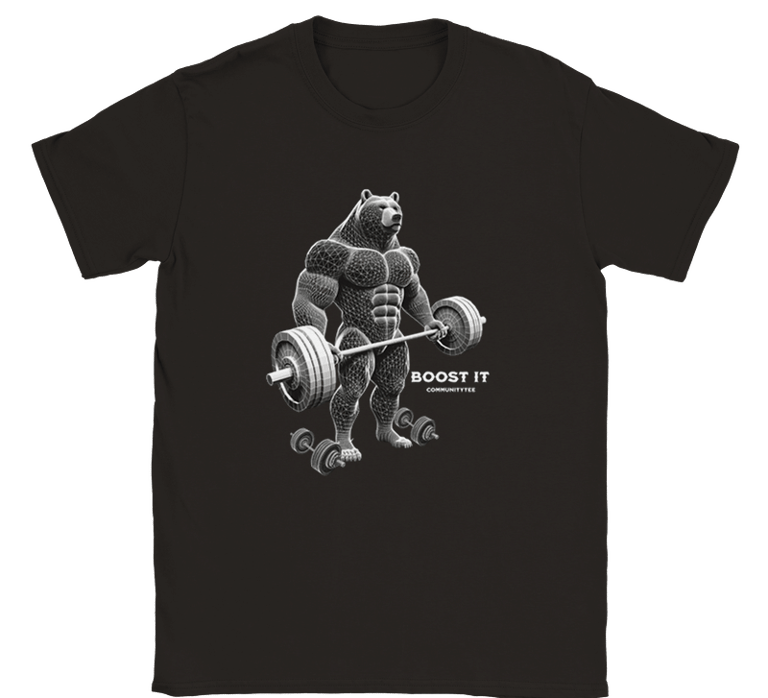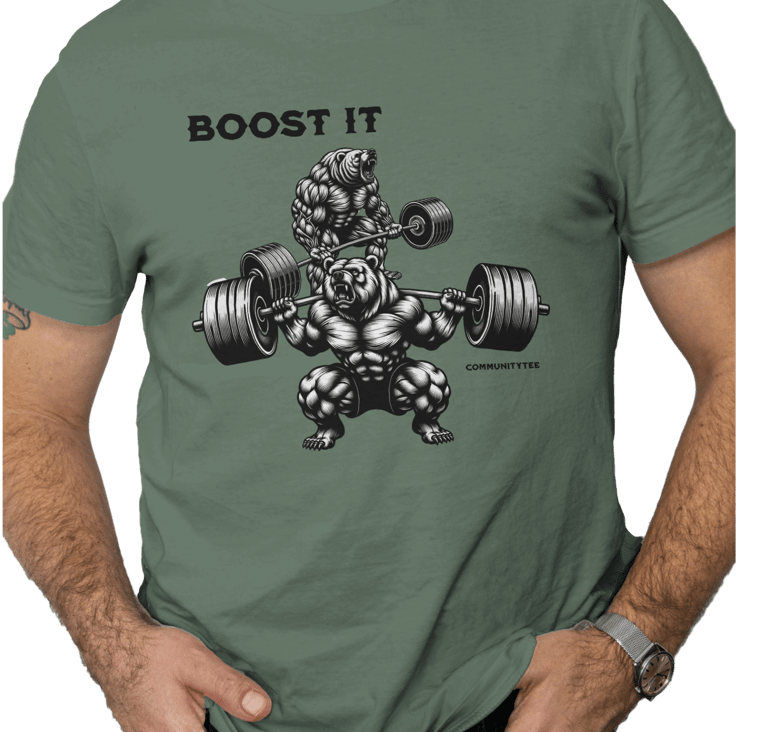Muscles
The Health Makers
HEALTH
The statement "Exercise is healthy" often sounds like a well-meaning platitude that we hear from both friends and doctors, but seldom take seriously. What is often lacking is a detailed explanation of why this is the case. While the connection between exercise and health is obvious, the exact mechanisms behind it are unknown to many. In this blog, I would like to introduce the book "Muscles - the Health Makers" by Prof. Dr. Ingo Froböse, a Spiegel bestseller, and additionally, a study about habits.
When it comes to training, the goal of looking better often takes precedence, with health coming second. According to a study referenced by the author, over thirty percent of Europeans aged 18 to 24 regularly train their muscles. However, this percentage decreases with age. Genetically, our muscles grow the fastest and most effectively between the ages of 25 and 30. From 30 onwards, natural muscle loss begins. Without countermeasures, we lose between 0.3% and 1.3% of our muscle mass annually, which is then converted into fat. This range varies as our genetics are different. With age, this degradation accelerates. Without training, you could lose about 30-50% of the muscle mass you built in your younger years by your 80th birthday.
The book provides a detailed explanation of muscle building, the interplay between endurance and strength training, and how a training plan should be designed. However, in this blog, I focus on the relationship with health. Muscle research has deciphered the mechanism of myokines. These proteins, produced by our muscles during physical activity, are part of the cytokine family. They are released during muscle activation, travel through the bloodstream, and communicate with various organs and tissues. Their role is crucial as they regulate metabolism, reduce inflammation, and strengthen the immune system. Myokines also promote the growth of new cells and contribute to overall health. Their regular release through exercise offers long-term health benefits and plays an important role in the prevention and treatment of diseases such as diabetes and cardiovascular diseases. The book analyzes which training on which muscle groups can prevent or heal certain diseases.
To achieve sustainability in training, regularity is essential. Habits are automatic behaviors that form through repetition in specific situations. For example, if you regularly jog after waking up, this can become a morning habit after a few months. Habits are powerful because they help us to do things, even when we are not particularly motivated. The secret lies in repetition. The more often you perform an action in a certain context, the stronger the connection between the context and the action becomes. Over time, the action becomes a habit. In sports, this could mean going to the gym every time after work.
To summarize, the following tips can help in forming habits:
Start Small: Choose a small, manageable physical activity that you can perform regularly, like a ten-minute jog.
Consistency: Perform this physical activity daily in the same context, for example, always after waking up or before dinner.
Reward: Reward yourself after each training session to associate a positive feeling with the activity. This could be a small reward like a healthy snack or some relaxation time.
Patience: Do not expect immediate results. Habits take time to develop. Be patient with yourself and stay committed.
Visualization: Imagine how you feel after working out. This positive visualization can motivate you, even when motivation wanes.
Accountability: Share your goals with friends or family, or find a training partner. It's easier to stay committed when you're not alone.
By following these tips, you can gradually develop a strong habit for regular training and sustainable health. Every small action counts and can lead to significant changes over time. Good luck on your journey to a healthier and more active lifestyle!
If you're intrigued by the book "Muscles – The Health Makers" by Prof. Dr. Ingo Froböse and would like to support me, please click on this affiliate link to order the book.
Source:
Prof. Dr. Ingo Froböse Muskeln – die Gesundmacher, Ullstein Paperback, ISBN 3864932203
Benjamin Gardner, Amanda L. Rebar & Phillippa Lally | (2022) How does habit form? Guidelines for tracking real-world habit formation, Cogent Psychology, 9:1, 2041277, https://www.tandfonline.com/doi/full/10.1080/23311908.2022.2041277 (last access 19.11.2023)



